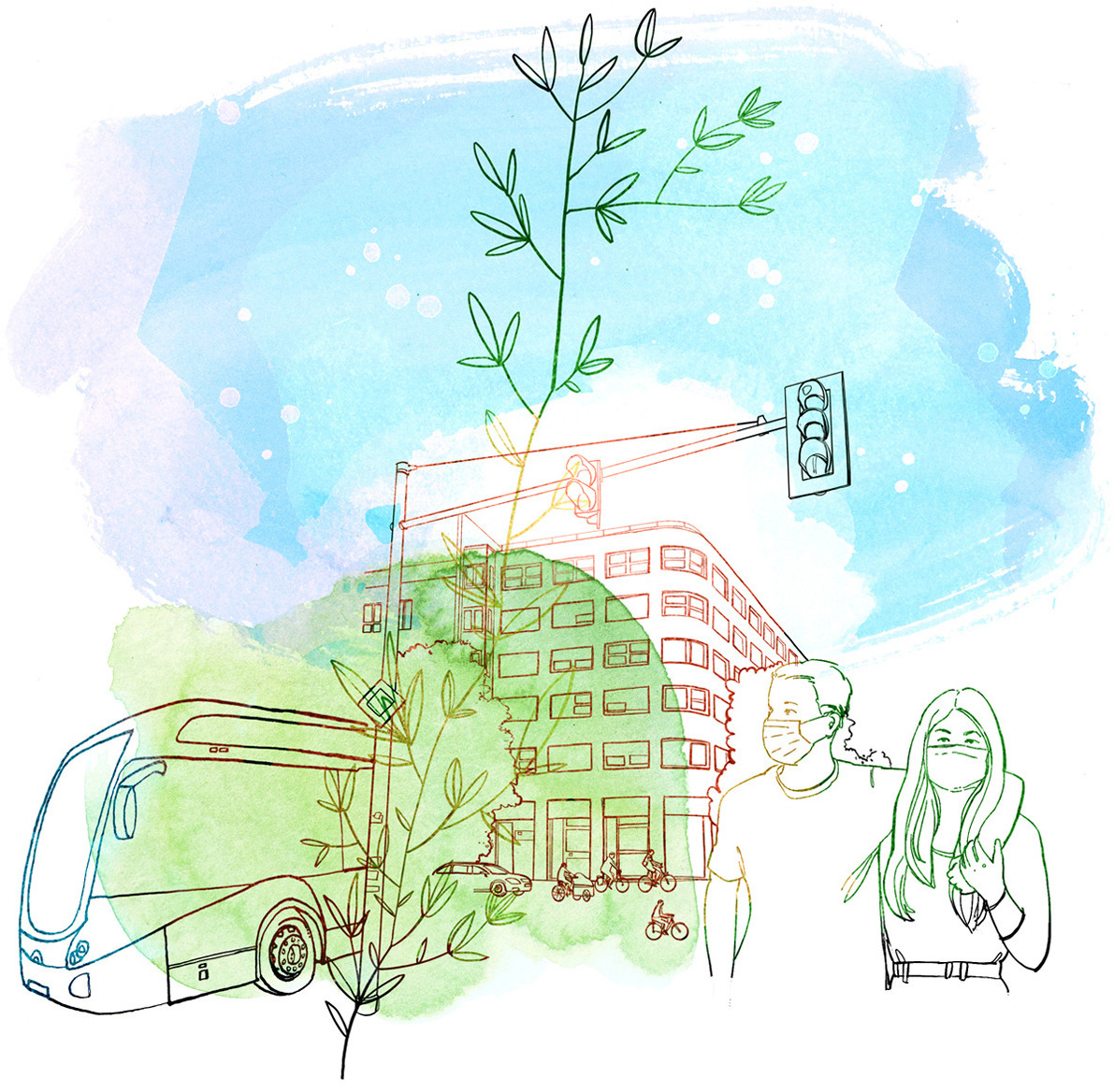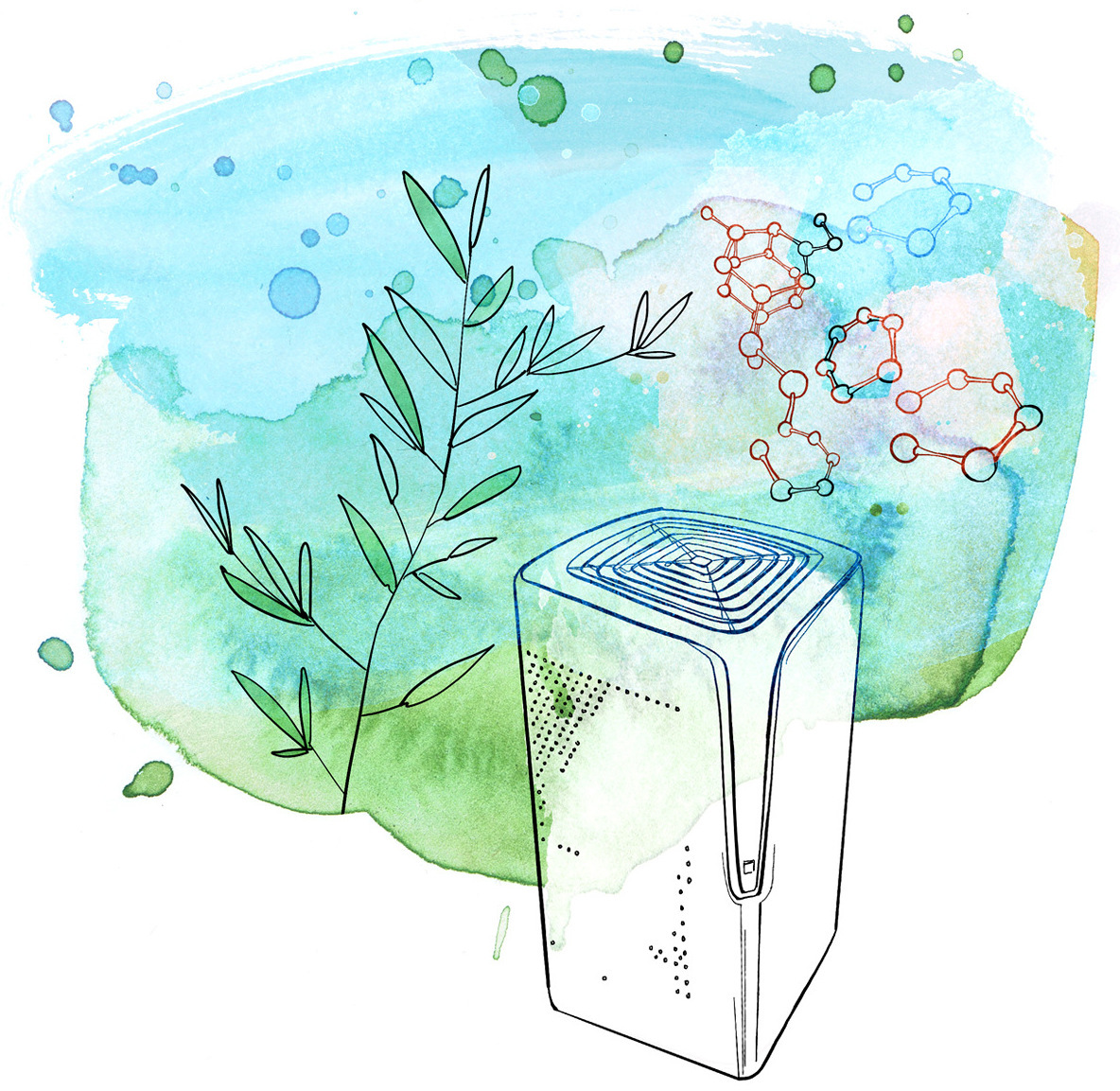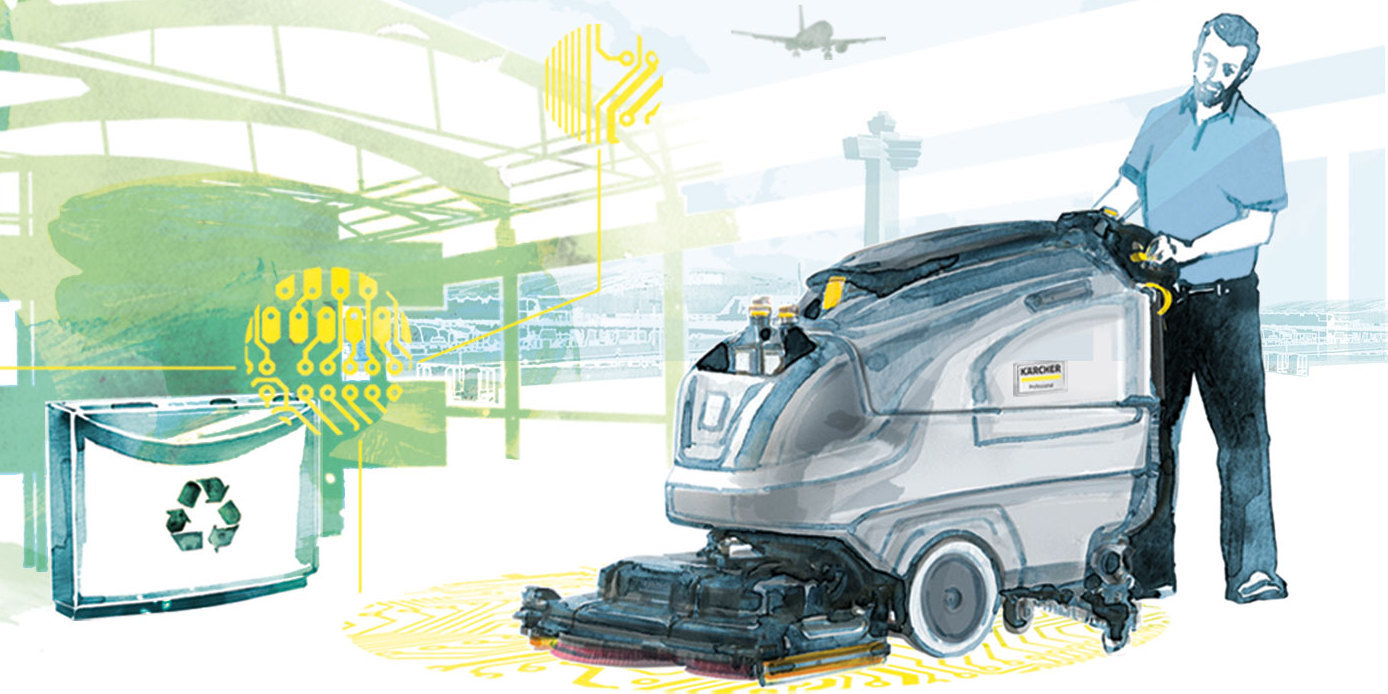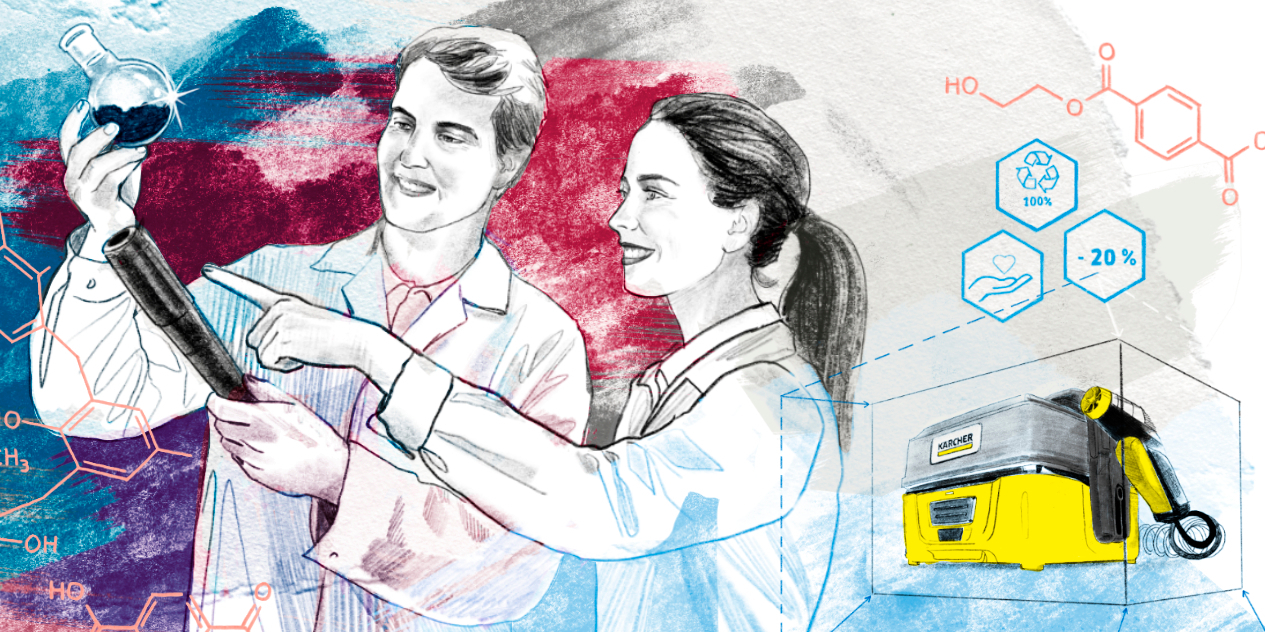A (Mostly) Invisible Marvel
Earth is the only known planet in the universe that has an atmosphere containing oxygen. Oxygen has always been one of the essential requirements for every type of life. Today, the quality of the air we breathe has become a universal issue because it is partly in jeopardy – depending on where we live. So there is much to learn and do when it comes to the marvel of air.

Nothing but hot air? A few fun facts – and more
10,000 litres, 3.5 million balloons
Dry air is primarily composed of two gases: nitrogen is the main component of air, making up 78 per cent of it. The second most important component, at 21 per cent, is oxygen. Air also contains noble gases and carbon dioxide. Although the latter makes up a small proportion, at 0.037 per cent, it is nevertheless seen as one of the main components of air due to its significance for life and the climate.
Air is the substance that humans consume in the greatest volumes. We normally take 12 to 18 breaths per minute. Babies have a much faster breathing rate, taking 40 to 50 breaths per minute. With every breath, an adult human inhales about half a litre of air into their lungs. This volume can rise to more than 2.5 litres. Therefore an adult breathes in 10,000 to 20,000 litres of air every day. A fifth of this is oxygen. By our 21st year, our lungs will have inhaled the equivalent of roughly 3.5 million balloons.
World records, muscle cramps and philosophy
The Greek natural philosophers believed air was one of the four basic elements that made up everything. 369 Aëria, an asteroid in the central region of the asteroid belt, is named after air. What is more: air has a weight, which was first proven by natural scientist Otto von Guericke from Magdeburg. The weight has been calculated precisely since then: 1 cubic metre of air weighs 1.2041 kilograms at 20 °C at sea level.
There are even more interesting facts about air. For example, two world records have been set for people holding in air – i. e., holding their breath – under water: the first was 11 minutes, and that was after breathing normal air. The second was over 22 minutes – after breathing pure, additional oxygen. Another matter altogether is muscle cramps in sport, caused by the build-up of lactic acid. This can occur when the body is not supplied with enough oxygen. Athletes who focus on their breathing report fewer cramps and less muscle fatigue after sport.

Air concerns us all: a task spanning the whole planet
Air pollution is a problem of our time, affecting large cities in a different way to rural areas. That means all members of society must confront it, deal with it and develop individual or societal solutions.
You and I: what it means for the individual
The quality of the air we breathe affects us directly. Little can be done to counter the negative global impact of industrialisation in everyday life, but there is room for conscious decisions which, if taken in mass numbers, can contribute to improving air quality. For example, using a bike or underground train for short journeys instead of a car, avoiding unnecessary air travel, shopping locally and many other small steps.
In addition to long-term prospects concerning air quality, there are other factors that may make breathing more difficult and cause bad air: for example, pollen, odours, vapours, dust or bacteria and viruses can impair air quality or even pose a danger. In such cases, air-conditioning systems or air purifiers can help to improve individual well-being and allow us to breathe deeply (see “We clean everything, why not air?”).
Local authorities: responsibility for the population
Local authorities are responsible for improving the quality of life in the local area – reducing air pollution and improving air quality are a key part of this. For example, in London, one of the cities battling extensive air pollution, there are numerous measures to improve air quality. The Ultra Low Emission Zone (ULEZ) is being extended in October 2021 and will then cover central London up to the North and South Circular Roads. If vehicles do not meet set emission limits, £12.50 must be paid per day for vehicles weighing up to 3.5 tonnes, or £100 per day for vehicles over 5 tonnes. In addition, the City of London has made the entire city a Low Emission Bus Zone, in which all buses meet or fall below the Euro VI standard. Manufacturers of every type of vehicle are currently working on environmentally friendly engines, so even more will be possible in the future.
The industrial city of Stuttgart is one of the cities with the poorest air quality in Germany due to its location in a basin combined with high traffic volumes. For that reason, there is a set of measures in place to help keep the air clean. These include investments in public transport, walking and cycling, measures to improve traffic flow, more urban green spaces to enhance the city climate, projects such as air filter columns and enhancements to street cleaning.



“We clean everything, why not air?”
Interview with Markus Boos, Senior Specialist Product Management Water & Air at Kärcher
At the moment, discussions about air purifiers quickly turn to the topic of reducing infection risks. Is that the only motivation for Kärcher to dedicate itself to this area?
No, definitely not. The market is changing and of course one driver at the moment is preventing the spread of disease indoors. However, there are other strong megatrends that are making air purification a topic for the future: air-borne allergens and allergies are unfortunately increasing significantly, and air purifiers can provide relief, at least within your own four walls. Air pollution and denser living space due to urbanisation are also making good air quality a valuable asset.
And what does Kärcher have to offer in this field?
A company like Kärcher that cleans almost everything should not stop at air. We have had a good product on the market for some time, which is suitable for all requirements. We also offer H13 and H14 HEPA filters, which are often spoken of in connection with the COVID-19 pandemic. However, even devices with a class E11 EPA filter are able to clear the majority of infectious aerosol particles from the air we breathe. Apart from virus-infected aerosols, this also includes harmful or irritating particles such as pollen, mites, animal hair, household dust, gases and odours or fine dust.
What will happen next?
I have a counterquestion: Does Kärcher only have one air purifier? There’s a lot more in store (smiles – Ed.). Taking this as a basis, we’re going to build up a portfolio that caters for every price level, from children’s rooms to open-plan offices. From the beginning of 2022, we will start bringing smaller devices onto the market. We also have a new type of technology in development. I can’t give anything else away, but I’m excited about the launch.

You may also be interested in:

Hygiene in changing times
Since the start of the coronavirus pandemic, cleanliness and hygiene in public spaces have taken on a different role than in the past. Be it in the restaurant trade, government agencies, schools or offices – certain cleaning regulations and procedures are changing due to the virus. It is a challenge that will doubtless play a major role in the future.

When soap dispensers schedule operations
What is needed to clean a building? A cleaner, cleaning technology and a work schedule. Nothing else? Cleanliness is currently very important, and at the same time in many places there is a lack of cleaning personnel. The key to success is efficiency, even in the cleaning sector. How the use of sensors is leading to chatty soap dispensers, what artificial intelligence (AI) can do for work scheduling, and how cleaners get their jobs via their smartphones in real time.

Plastic through the ages
There was a moment in the 1950s when everything was suddenly made of plastic. The new, versatile material was inexpensive and popular due to its durability. It soon became clear that it also had downsides, and recycling would be important. Nowadays plastic is facing some criticism, but many applications are simply not feasible without the material. And various alternatives that claim to be sustainable have an impact on the environment in other ways. Following the trail of a much-discussed material.

